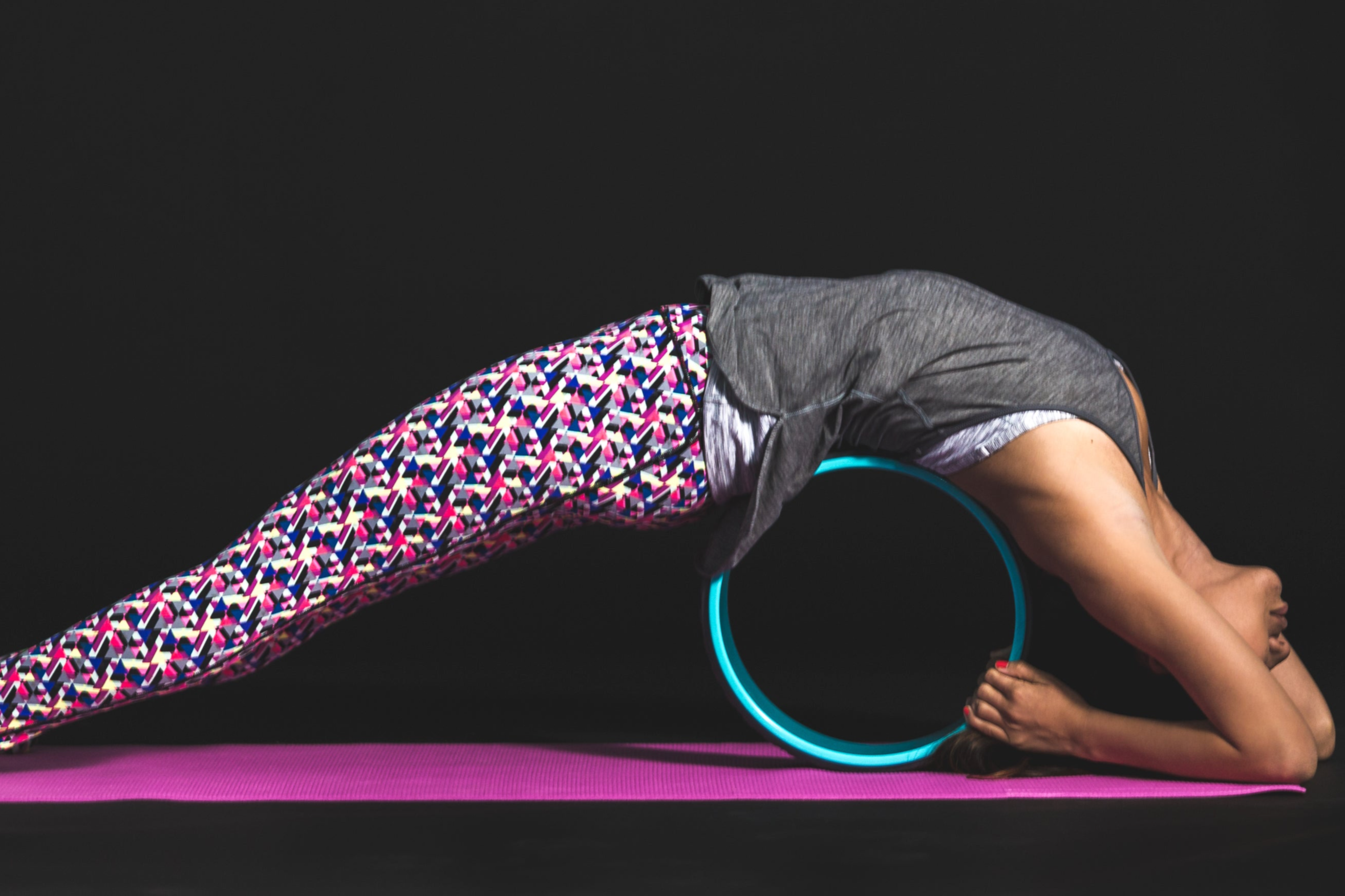
Gain Mobility Back
It isn't lost. It's just forgotten.
Approaches To Stretching
-
Static Stretching
Involves holding a stretch in a comfortable position for a period of time, usually 15-60 seconds. It helps improve flexibility and is typically done after a workout.
-
Dynamic Stretching
Involves moving parts of your body through their full range of motion in a controlled manner. It is often used as part of a warm-up routine before physical activity.
-
Ballistic Stretching
Involves using momentum to force a body part beyond its normal range of motion. This type of stretching can be risky and is generally not recommended for most people due to the potential for injury.
-
Proprioceptive Neuromuscular Facilitation (PNF)
A more advanced form of stretching that involves both stretching and contracting the muscle group being targeted. It often requires a partner and is effective for increasing flexibility.
-
Active Stretching
Involves actively engaging one muscle group to stretch another. For example, raising one leg while keeping the other leg straight on the ground.
-
Passive Stretching
Involves using an external force (such as a partner, gravity, or a stretching device) to help stretch the muscles, allowing them to relax.
-
Myofascial Release
A technique that involves applying gentle, sustained pressure into the connective tissue (fascia) to eliminate pain and restore movement.
-
Self-Myofascial Release (SMR)
Often done with tools like foam rollers, this technique helps release muscle tightness and improve flexibility.
